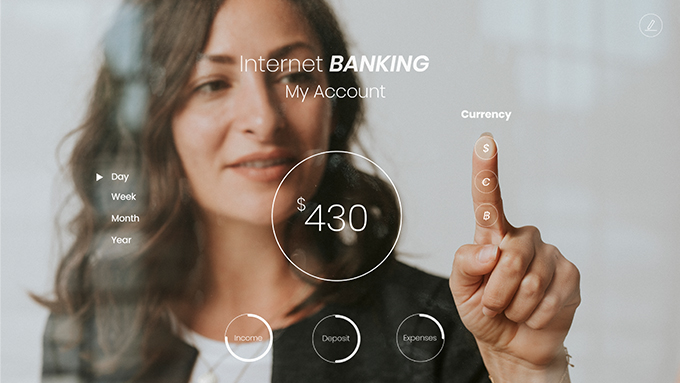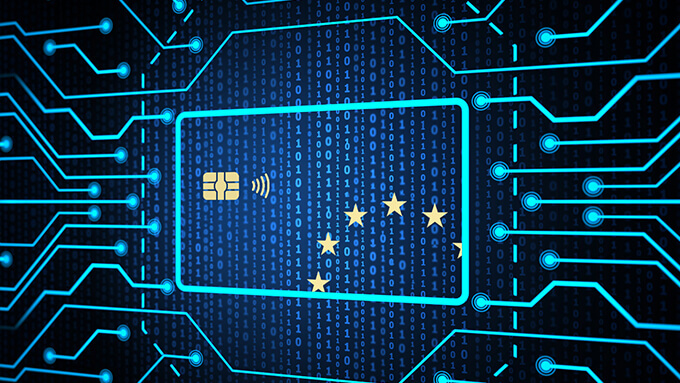Guideline Introduced by The Central Bank on Business Models Used in Payments Associated with Payment Service Types
Introduction
In September, the Central Bank of the Republic of Turkey (“CBRT”) published the Guide on Associating Business Models in the Field of Payments with Payment Service Types (“Guide”)[1]. The Guide includes explanations regarding payment services and electronic money issuance. An operating license is required from the CBRT for these activities under Law No. 6493 on Payment and Securities Settlement Systems, Payment Services and Electronic Money Institutions (“Law No. 6493”) and the business models in the field of payment services.
History, Relevant Legislation and Purpose
Law No. 6493 was amended by Law No. 7192 Amending the Law on Payment and Securities Settlement Systems, Payment Services and Electronic Money Institutions and Other Laws, which transferred the authority to regulate and supervise electronic money and payment institutions to the CBRT.
Under article 15 of the Regulation on Payment Services and Electronic Money Issuance and Payment Service Providers (“Regulation”), which was published by the CBRT and entered into force on 1 December 2021, payment institutions and electronic money institutions can only engage with payment services for which they have obtained an operating license under article 4 of the Regulation, and they are obliged to obtain a license for other services they may offer.
The Guide aims to provide explanations in terms of the payment services and their association with the business models in practice.
Business Models and Explanations Provided by the Guide on Payment Services and Electronic Money Issuance
In accordance with Law No. 6493, all transactions required for the operation of a payment account, including services that allow depositing money into a payment account and withdrawing money from payment account, are defined as payment services. According to the Guide, these transactions can be organized into the following categories: opening a payment account, depositing or withdrawing funds between registered accounts of a payment service user, depositing money to a payment account and withdrawing money from a payment account. The Guide further states that "opening a payment account", "depositing money" and "withdrawing money" are transactions that fall within the scope of this article and payment institutions engaging in these transactions are required to obtain a license pursuant to Law No. 6493 Art. 12 (1) (a). Considering the business models that have developed in the sector, at first anonymous accounts are opened on behalf of the customers, and then these unapproved accounts are converted into approved accounts through customer identification methods of the relevant payment institutions.
Money transfer transactions, including fund transfers to a payment account of the payment service user, direct debits, the realization of payment transactions through a means of payment, and the transfer of money, including regular standing orders, are defined as payment services under Law No. 6493. In the Guide, this field of activity is defined as the transfer of funds from the payment account of the payment service user to the account of another payment service user held at any payment service provider. “Money transfer between users” and “money transfer to the bank accounts of 3rd parties” are considered among transactions which are required to be licensed as per the Law No. 6493 art. 12 (1) (a) and (b).
The issuance or acceptance of a payment instrument is a payment service that requires an operating license within the scope of Law No. 6493. The Guide defines “payment instrument” as personalized instruments (for example; card, mobile phone, digital wallet) used to instruct the payment service provider for the realization of the payment transaction. The issuance of the payment instrument is defined as the process of making the payment instrument available to the payment service user in order to initiate and process the payment transactions by the payment service provider undertaking the legal responsibility for the payment instrument stipulated in the contract signed with the payment service user. Acceptance of a payment instrument, on the other hand, is defined as the process of transferring funds to the merchant by accepting the use payment instrument in the workplace and processing payment transactions as per the contract signed by the payment service provider and the payment service user. Since "virtual POS" and "physical POS" allow payment instruments to be used in a workplace, they are considered as activities which require a license under the Law numbered 6493 Art. 12 (1) (a), (b) and (c). Since institutions that provide "digital wallet" services may offer other payment services in addition to the digital wallet service, and the amounts will be transferred through the said institution for the digital wallet to be used as a payment instrument in the workplace, they must obtain a license in compliance with the Law No. 6493 art. 12 (1) (a), (c) and art. 18 (2).
Money transfer is defined as a payment service within the scope of the Law No. 6493, however, the Guide does not qualify fund transfers between payment accounts opened on behalf of the sender and the recipient as “money remittance” under Law No. 6493, but as “money transfer”. In order for the money transfer to take place, no account should be opened in the name of, at least, one of the recipients or sender.
Payment transactions where the payer’s consent to execute a payment transaction is given by means of any information technology or electronic telecommunication device, and the payment is made to the information technology or electronic telecommunication operator acting only as an intermediary between the payment service user and the supplier of the goods and services, are deemed as payment services. The Guide defines this service as “mobile payment” in line with practices in the sector, with which the payment of the goods and services purchased by the users is added on the phone bill used in postpaid lines or deducted from the loaded balance in prepaid lines. Although, pursuant to the Regulation, adding the amounts paid via mobile payment instruments to the invoice issued by the IT or electronic communications operator, as an intermediary, and the collection of the invoice at the due date, will not be considered as granting loans, in practice to mitigate the risk that the payment institution will not be able to make the payment to the buyer without collecting the service fee of the payment institution, merchant entities enter into subrogation agreements with third parties. The Guide suggests to follow a cautious approach within the framework of the provisions of the Law No. 6493 in such cases. This activity is listed among the transactions subject to permission under art. 12 (1) (d) of the Law No. 6493, and additional permission must be obtained under subparagraphs (a), (b) and (c) of the same article in line with the requirements of the business model.
In accordance with the provisions of Law No. 6493, services for mediating in invoice payments are considered as payment services and the Law No. 6493 art. 12 (1) (e). The Guide limits the scope of the intermediation services for invoice payments to the intermediation of payments arising from continuous business relationships based on a subscription contract.
Upon request of the payment service user, the payment order initiation service for the payment account held in another payment service provider is considered among the transactions subject to authorization within the scope of art. 12 (1) (f) of the Law No. 6493. The said payment service is defined as an intermediation for the licensed payment order initiation service provider’s payment service users to benefit from the payment order initiation services by accessing their payment account help by the payment service provider.
Provided that the payment service user's approval is obtained, the service of providing consolidated information regarding one or more payment accounts of the payment service user on online platforms, is associated with “providing account information” business model which is subject to authorization as per the Law numbered 6493 Art. 12 (1) (f). The Guide states that within the scope of the said payment service, the licensed account information service providers compile the information of the payment service user's accounts with different account service providers and present them collectively on online platforms.
The Law No. 6493 defines electronic money as a monetary value used in payment services. Based on this definition, the Guide explains that the issuance of electronic money is not a payment service, but a monetary value used in payment services. However, "prepaid card issuance" is listed as a business model in this field and considering that electronic money is a means of payment by its nature, the payment institution engaging with prepaid card issuance should be authorized to issue a payment instrument in addition to the issuance of electronic money as per the Law No. 6493 Art. 12 (1) (a) and (c) and Art. 18 (2).
Conclusion
The Guide clarifies payment services and activities considered as electronic money and provides clarity as to under which provision of law the relevant business models should obtain permission from the CBRT.
- TCMB “Guideline Introduced by The Central Bank of the Republic of Turkey on Business Models Used in Payments Associated with Payment Service” Types https://www.tcmb.gov.tr/wps/wcm/connect/TR/TCMB%20TR/Main%20Menu/Temel%20Faaliyetler/Odeme%20Hizmetleri (Last Access Date 17/11/2022)
All rights of this article are reserved. This article may not be used, reproduced, copied, published, distributed, or otherwise disseminated without quotation or Erdem & Erdem Law Firm's written consent. Any content created without citing the resource or Erdem & Erdem Law Firm’s written consent is regularly tracked, and legal action will be taken in case of violation.






